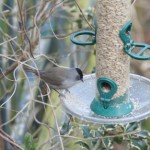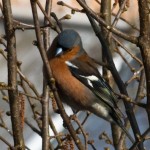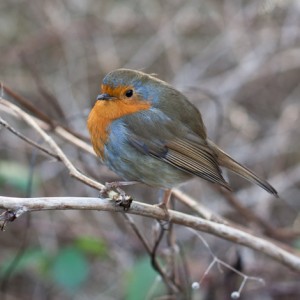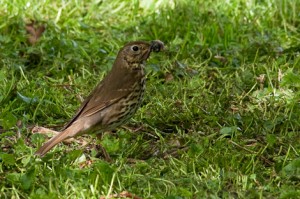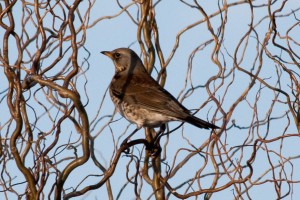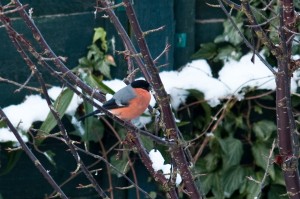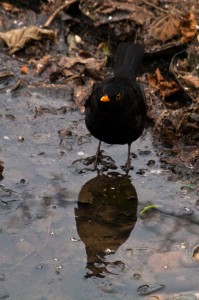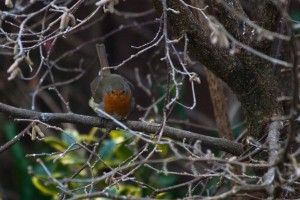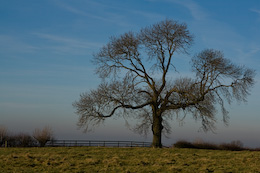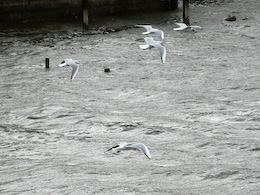It all started with a tweet on Easter Sunday. Apparently there were 24 arctic terns spotted at Daventry Country Park. I wasn’t convinced, but thought I should maybe pop over and see if I could tell the difference between an arctic and common tern. By the way, I’m not a twitcher, but if there is a chance to see a new bird at the local country park? Well, I’d be a fool not to, especially on a bank holiday weekend. Besides, this means that if nothing else, the common terns were back – if you’ve never seen a common tern close up, gracefully patrolling the shallower water, then you’ve missed out.
However, not willing to admit that I wanted to see if I could see arctic terns that possibly didn’t exist some subterfuge was in order and I suggested a walk but only a quick trip into the country park with my small binoculars to see if the terns had come back. This worked and we happily sat for ten minutes or so watching the aforementioned common terns wheeling about. There were other gulls there too, but I was only interested in the terns. However, something else caught my eye, some of the terns seemed darker, but it could just have been a trick of the light – after all, there was some sun despite it being a bank holiday, and I did only have my little 8 x 24 bins with me.
I thought about them during the rest of our walk, wondered if perhaps they were younger terns or if I was just seeing things. More information was needed, so I went back later in the afternoon (trying to reduce my exposure to the many families and their dogs off leads that were bound to be there) armed with my telescope and a notebook.
I was right, they were definitely darker, they moved a lot faster too and never stopped. There were no arctic terns there, but there were a couple of dozen common terns. These had the good grace to stop once in a while on the tern rafts so I could get a good look at them. (Arctic terns apparently look like common terns but have no black on their beaks in summer and have longer tail streamers). The dark strangers didn’t, so I had to resort to note taking, a habit that I need to get into. (As I read on a completely different subject, about fungi as it happens, you should describe something first, then try and identify it, rather than trying to do it the other way round and therefore potentially miss some important features.)
Anyway, this is what I noted down;
- darker wings than the common tern, darker below than above.
- seemed slightly smaller than the common tern
- white rump and greyish tail
- lightish under the wing and the grey wings had white edges in flight
- seemed to be faster than a common tern
Once back home it was time to hit my myriad of books. There was only one conclusion, I had spotted some black terns, something I didn’t even know existed until Easter Monday.
According to the RSPB handbook of British Birds it is ‘smaller than the common tern’. The Collins Bird Guide gives this description: ‘typical marsh tern. In summer body black, under tail white; slate grey upper wing and tail, underwing entirely silver-grey; bill and legs dark red’ (although on this point the RSPB disagree and claim it has a black bill and it definitely looked black to me). It is a ‘light airy bird that flies with great agility’. This sounds exactly like the birds I had been watching. Unfortunately I don’t have a photo, but there are plenty on the web if you want to see this pretty bird.
It is apparently a common passage bird through the UK (which means that you might see it in spring and autumn on its way to somewhere else) and has made a few unsuccessful attempts at breeding in the UK. I was a little unsure as to whether I had really seen some of these until I noticed someone tweeting that there were some at Summer Leys nature reserve over the other side of Northamptonshire – I guess I was right after all and these were probably the same birds.
